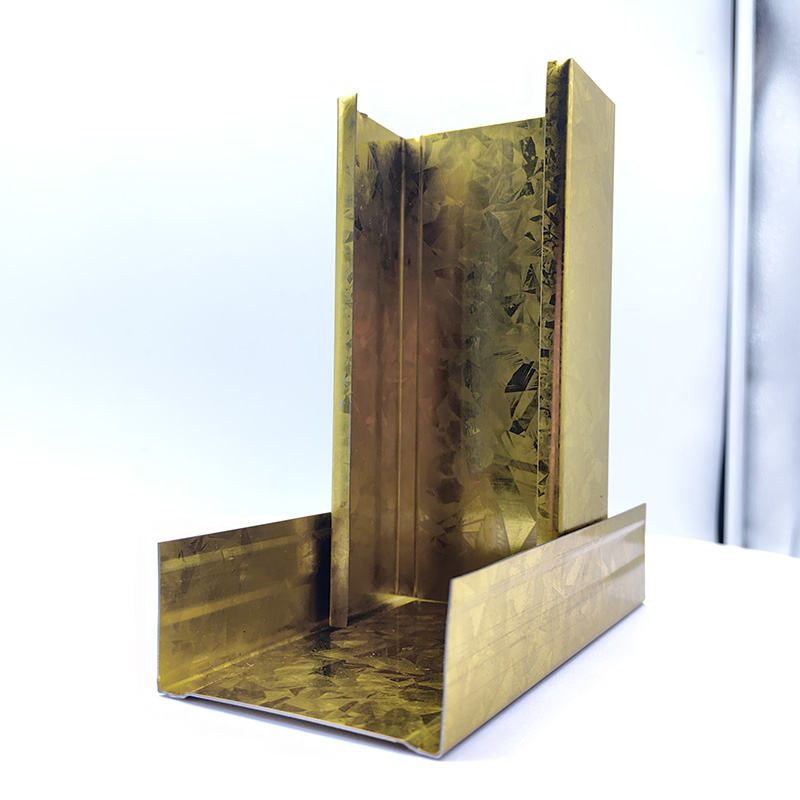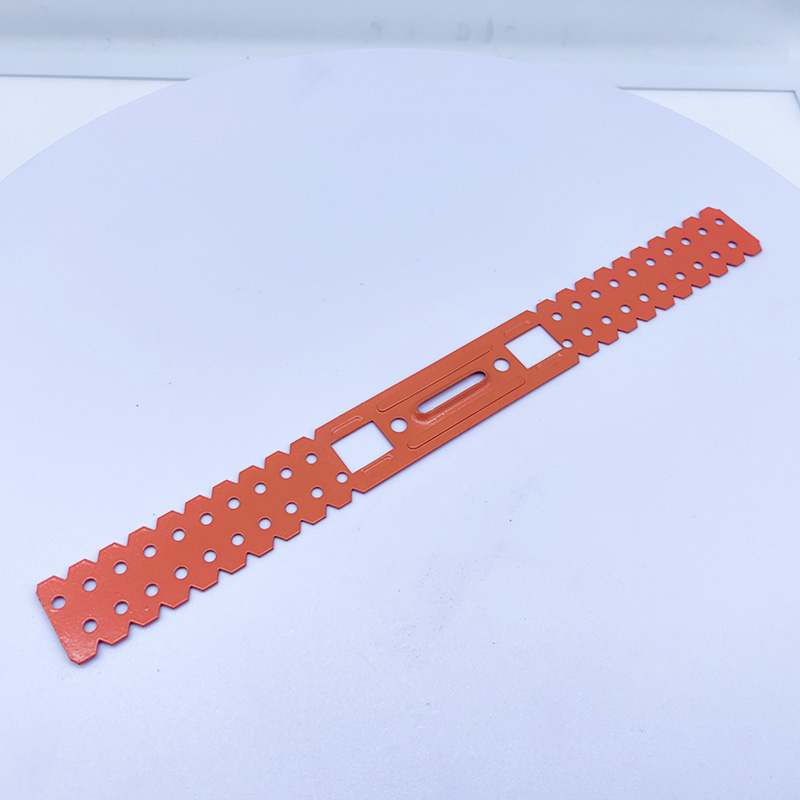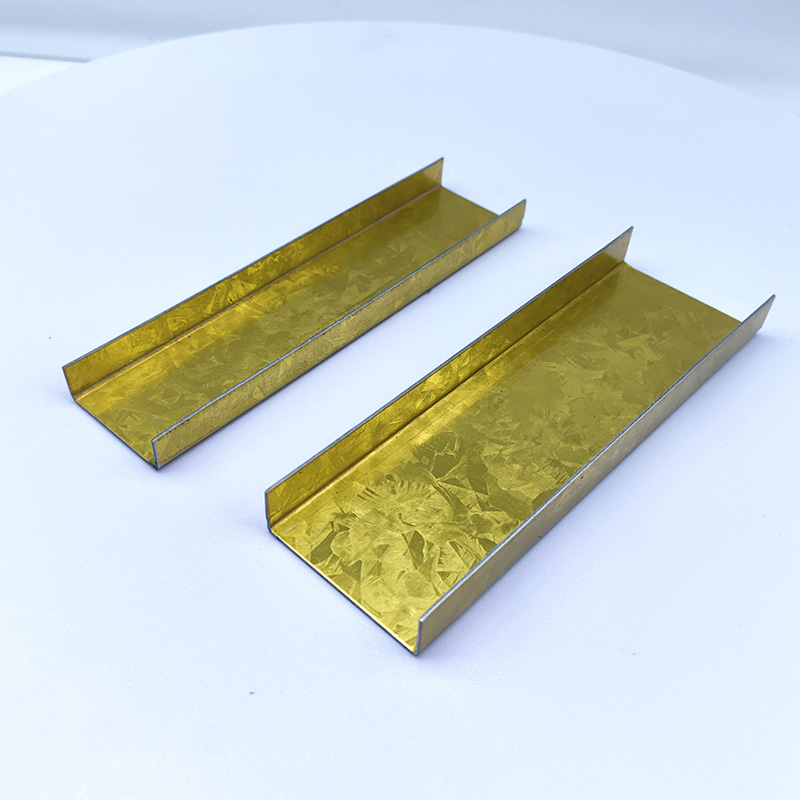Durability and Seismic Performance Analysis of Light Steel Walls
2024-12-24 02:10:16
In the construction industry, light steel walls have gradually become the mainstream choice for modern buildings due to their high strength, low weight, and rapid construction advantages. The application of light steel walls is increasingly widespread in both residential and industrial facilities. This article will provide a detailed analysis of the advantages of light steel walls from the perspectives of durability and seismic performance, helping readers better understand their important role in construction.
1. Durability of Light Steel Walls
Durability is a key factor in assessing the long-term performance of building materials. For wall materials, their durability directly impacts the service life and maintenance costs of buildings. As a new type of construction material, the durability of light steel walls is mainly reflected in the following aspects:
1.1 Corrosion Resistance
Light steel walls typically use galvanized steel or corrosion-resistant steel, making them highly effective in preventing corrosion. Compared to traditional concrete or brick walls, light steel walls are less affected by external environmental factors such as moisture, acid rain, and sea breezes. Even in humid or harsh climatic conditions, the corrosion resistance of light steel walls ensures the long-term stability of the building.
1.2 Aging Resistance
The steel used in light steel walls is coated with advanced technology, which helps prevent degradation due to UV rays and oxidation over time. Unlike traditional wall materials, light steel walls maintain their appearance and structural stability over long periods without cracking, deformation, or detachment, thus extending the service life of the building.
1.3 Insect and Pest Resistance
Traditional wooden walls are vulnerable to damage from insects, termites, and mold. In contrast, light steel walls are immune to these issues. Due to the unique properties of the material, light steel walls effectively prevent biological damage, maintaining the structural integrity of the walls.
2. Seismic Performance of Light Steel Walls
With the increasing frequency of earthquakes, the seismic performance of buildings has become one of the most important indicators of their safety. The seismic performance of light steel walls has been widely recognized and applied in modern buildings. The following are the advantages of light steel walls in seismic performance:
2.1 Combination of High Strength and Light Weight
The steel used in light steel walls has high tensile strength and rigidity, while its lightweight nature helps reduce the building's overall weight during an earthquake, thus decreasing the impact of seismic waves on the structure. This combination of high strength and light weight gives light steel walls a significant advantage in seismic performance, particularly in the design of buildings in high seismic zones.
2.2 Good Toughness and Structural Flexibility
Light steel walls maintain good toughness under stress, and their structural flexibility allows them to effectively absorb and dissipate seismic energy, preventing excessive deformation or damage during an earthquake. Additionally, light steel walls can be designed in modular structures, providing some elasticity that allows the walls to adjust and recover during an earthquake, thus preventing structural damage.
2.3 Seismic Performance Through Standardized Testing
Many light steel walls undergo seismic performance testing during their design and construction stages, based on national and international standards. For instance, the application of light steel structures in the construction industry has undergone rigorous seismic evaluations and certifications. These tests ensure that light steel walls can remain stable in seismic environments, providing effective protection for the safety of occupants.
3. Future Development Trends of Light Steel Walls
As construction technology continues to advance, the durability and seismic performance of light steel walls will be further optimized. The introduction of new materials, such as high-strength steel and eco-friendly coatings, will enhance the overall performance of light steel walls. Additionally, the integration of smart building technology may allow light steel walls to be combined with intelligent monitoring systems, enabling real-time monitoring and early warning of the building's condition, improving the building's adaptability in extreme environments.
4. Conclusion
The application prospects of light steel walls in the construction industry are vast, and their durability and seismic performance have been fully verified. In the future, as technology progresses, light steel walls will play a more important role in various types of buildings, becoming a crucial component of the construction industry. Whether in earthquake-prone regions or buildings that require long-term stability, light steel walls will be an ideal choice.
If you are looking for high-performance building wall materials, light steel walls are undoubtedly an excellent choice. Their durability and seismic performance will provide long-term stability and safety for your building.

A Double Anti-Rust Gold Partition Wall Stud is a type of steel stud commonly used in the co...

A CD UD Profile Furring Clip U Clamp is a type of metal fastening component used in the ins...

A 60mm Ceiling Grid refers to a type of suspended ceiling system, commonly used in commerci...

38mm Main Tee and 50mm Main Tee refer to the widths of the main tee profiles used in suspen...

